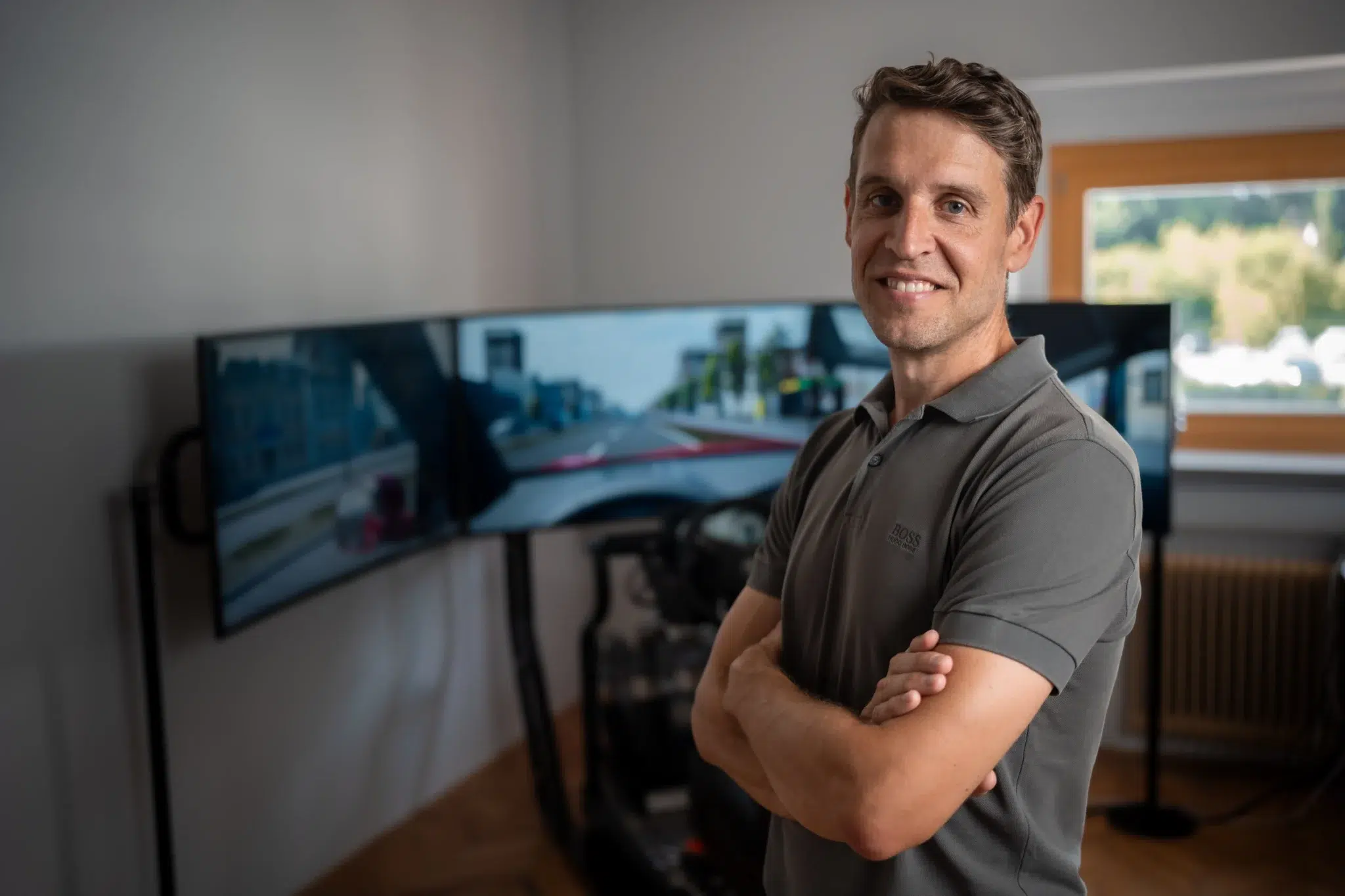In the ever-evolving field of automotive simulation, the University of Ljubljana has been distinguishing itself through its scientific research. Professor Jaka Sodnik from the University, has worked for many years on automotive simulation and human-machine interaction (HMI) in vehicles with his team. To take full advantage of their simulators, it was crucial to find a simulation software capable of adapting to different types of hardware. The aim was to have flexible and robust software that could work optimally with their customized simulators. They acquired their first SCANeR license in 2016.
For Jaka Sodnik’s, the major strength of his team comes from the use of SCANeR, our automotive simulation software, which is particularly appreciated for its ability to quickly develop scenarios and provide detailed analysis. At the University of Ljubljana, SCANeR plays a crucial role in research into HMI. It is used to create a variety of driving environments and to test technologies such as dashboard interfaces. SCANeR allows scenarios to be developed and adapted, which is why it is an essential software for researchers.
Most of the projects led by Jaka Sodnik and his team are funded by grants, notably from the Horizon Europe program, which aims to strengthen the Union’s scientific and technological foundations and boost its industrial competitiveness. With this support, the team is developing an extensive library of driver behavior scenarios to improve safety. This library is regularly updated to answer new research questions.
As part of their studies, particularly those into motion sickness, the team chose to exploit pre-existing scenarios to optimize their time. With our software, development is simplified, leaving users free to design their own scenarios. However, as these scenarios are maintained by the students, their departure poses a challenge, as it requires the training of new personnel.
A prominent example of SCANeR’s impact is the recently completed HADRIAN project, which concluded successfully in 2023. This European initiative, involving 16 partners, focused on enhancing human-machine interaction (HMI) in automated vehicles. HADRIAN aimed to create driving systems that integrate vehicle and infrastructure capabilities with those of drivers, ensuring safe transitions between different levels of automated driving. The project developed adaptive interfaces that adjust information and signals according to driver and environmental conditions, with the goal of improving the safety and acceptability of automated driving systems. The scenarios developed as part of HADRIAN, using SCANeR, showcased the efficiency and modularity of our software in supporting large-scale projects.
SCANeR also stands out in the field of driver evaluation. Its ability to reuse previously developed components considerably reduces the development time for new scenarios. What’s more, SCANeR’s modularity facilitates the integration of external hardware components, such as eye-tracking or physiological measurement devices, improving data collection and analysis.
The team is currently transitioning to SCANeR 2023. Our dedicated support team is actively assisting them throughout this process, providing technical expertise and guidance to ensure a smooth and efficient migration. This collaboration marks an important step in the continuous improvement of their simulation and analysis capabilities, promising even more robust and flexible performance.
Using tools like SCANeR and an innovative approach, Jaka Sodnik’s team remains at the forefront of research and development in this crucial field. By exploring new solutions and constantly optimizing their scenarios, the University of Ljubljana plays a key role in the advancement of driving simulation technologies.







